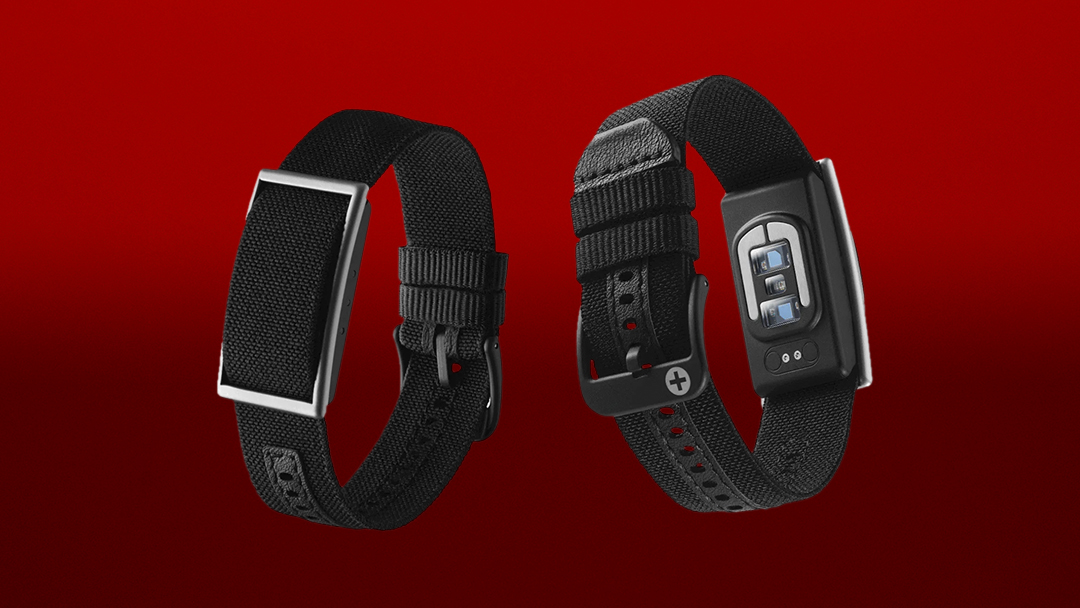Imagine the chilling terror of a cardiac arrest, your heart faltering silently with no one around. This nightmare reality becomes a grim statistic for thousands every year, their survival rates plummeting into darkness without immediate help. But a spark of hope ignites from a recent study, where researchers successfully harnessed the power of the Corsano CardioWatch, transforming it into a lifesaving beacon that detects cardiac arrest with remarkable accuracy.
Published in the esteemed The Lancet Digital Health, this groundbreaking achievement marks a crucial step forward in the “Cardiac Arrest without Witnesses” project spearheaded by the Dutch Heart Foundation. This initiative confronts the sobering reality that nearly 60% of cardiac arrests outside hospitals occur unseen, significantly diminishing the chances of survival.
This isn’t science fiction; it’s meticulous research conducted on 291 patients undergoing surgery requiring temporary circulation stoppage. Here, the innovative Corsano CardioWatch 287-2 Bracelet emerged as a hero, leveraging PPG and ACC sensors to meticulously detect the subtle decrease in blood flow through the skin’s smallest vessels during a cardiac arrest. The results were undeniably encouraging, with the bracelet successfully identifying cardiac arrest in almost all patients.
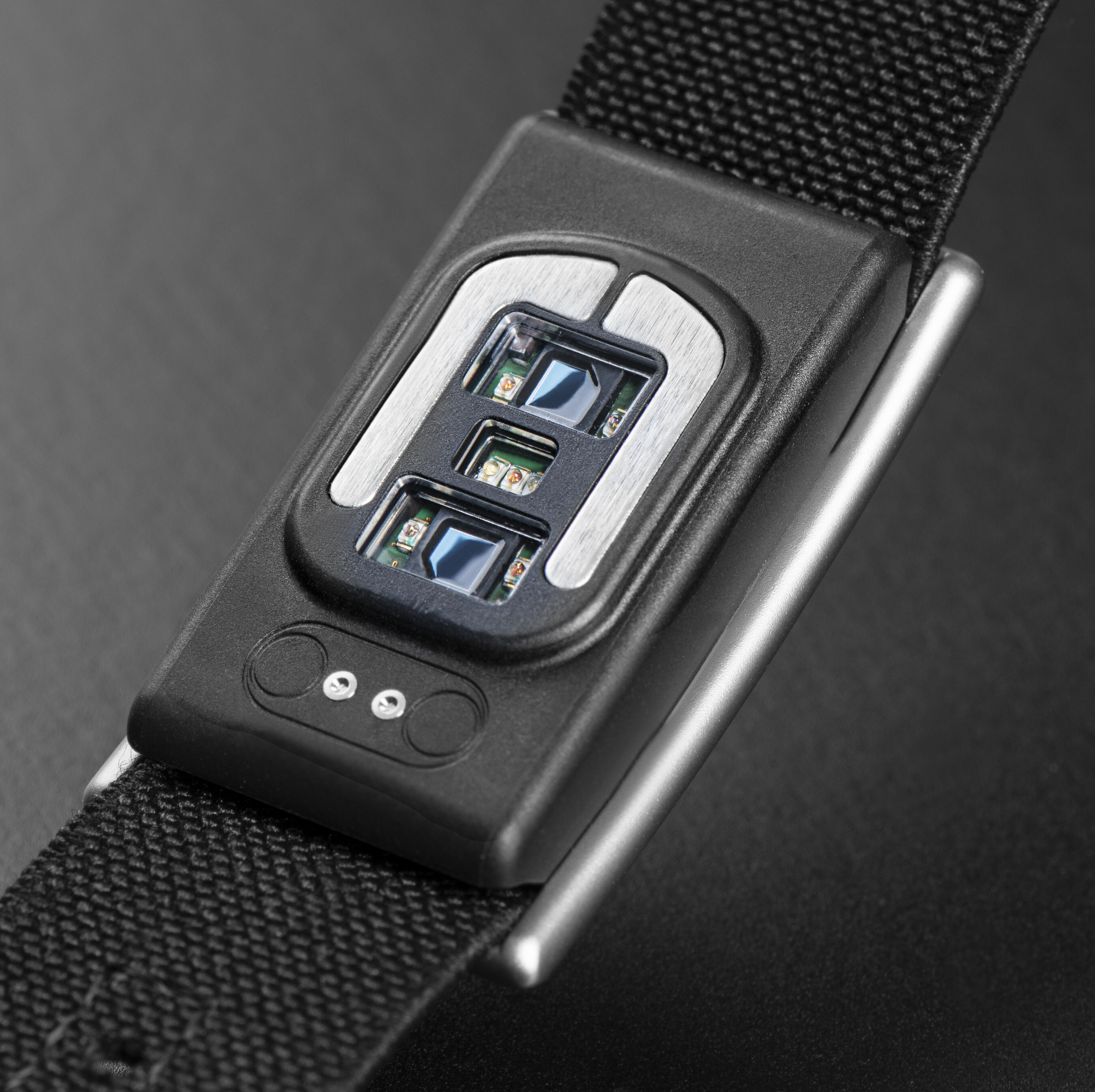
While success under controlled conditions offers immense promise, real-life scenarios present unique challenges. The next phase of research delves into the dynamic tapestry of everyday life, where individuals move freely rather than remain stationary on an operating table. To bridge this crucial gap, researchers are actively seeking volunteers, including healthy individuals, ICD wearers, and other heart patients, to participate in this vital phase.
But the vision doesn’t stop at detection. The DETECT research envisions a medical bracelet or smartwatch that becomes a lifeline for the unseen. This innovative technology aims to seamlessly connect with emergency services, automatically summoning help in the critical moments that follow. This could prove lifesaving for individuals experiencing cardiac arrest alone, offering them a precious lifeline and dramatically increasing their chances of survival. To address potential false alarms, measures are being implemented, allowing users to cancel emergency calls if necessary.
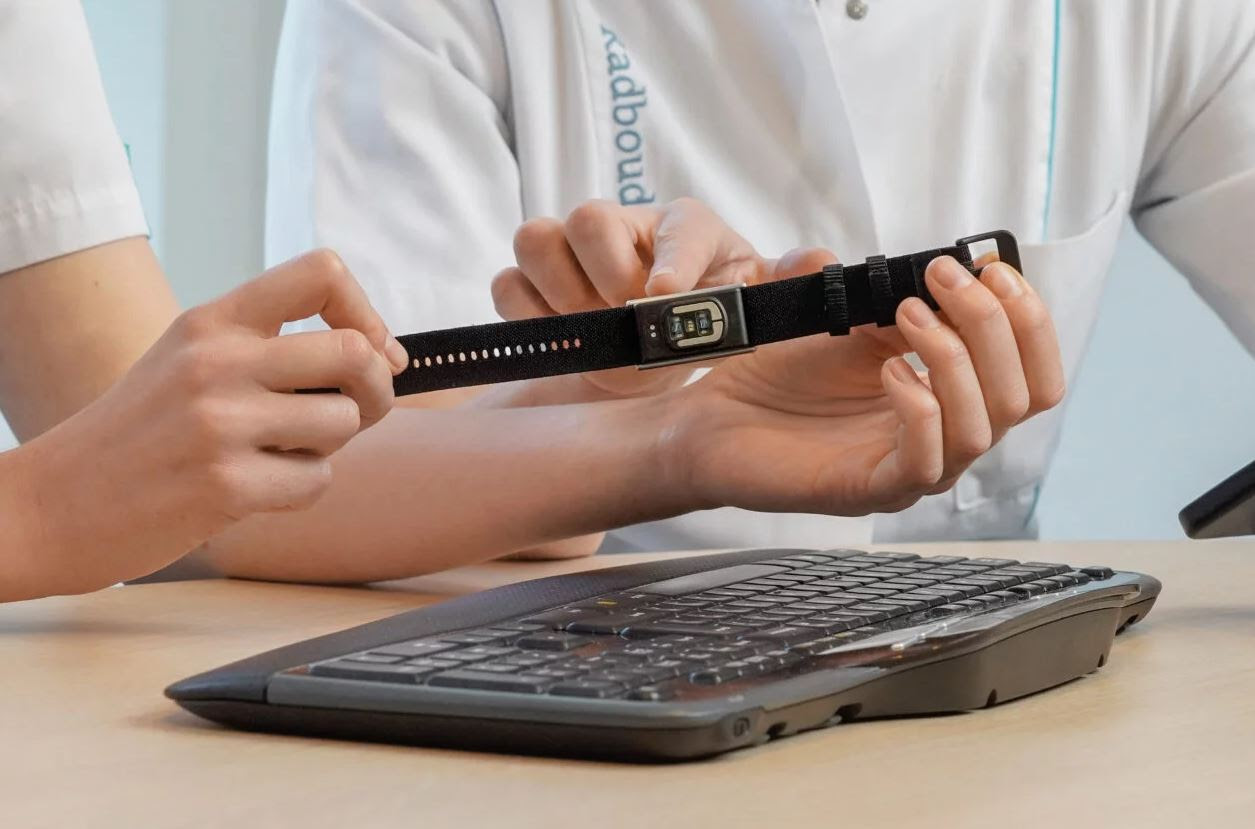
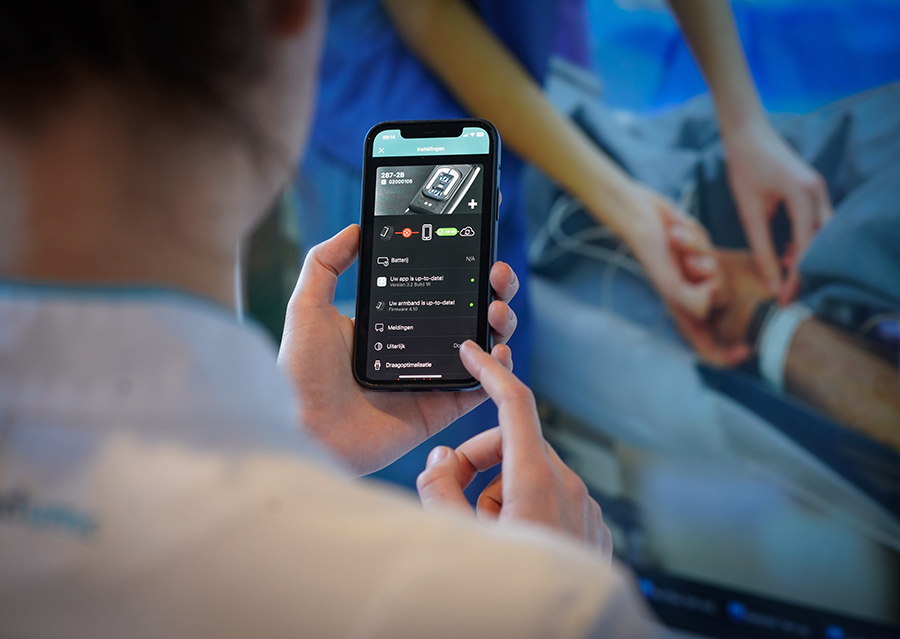
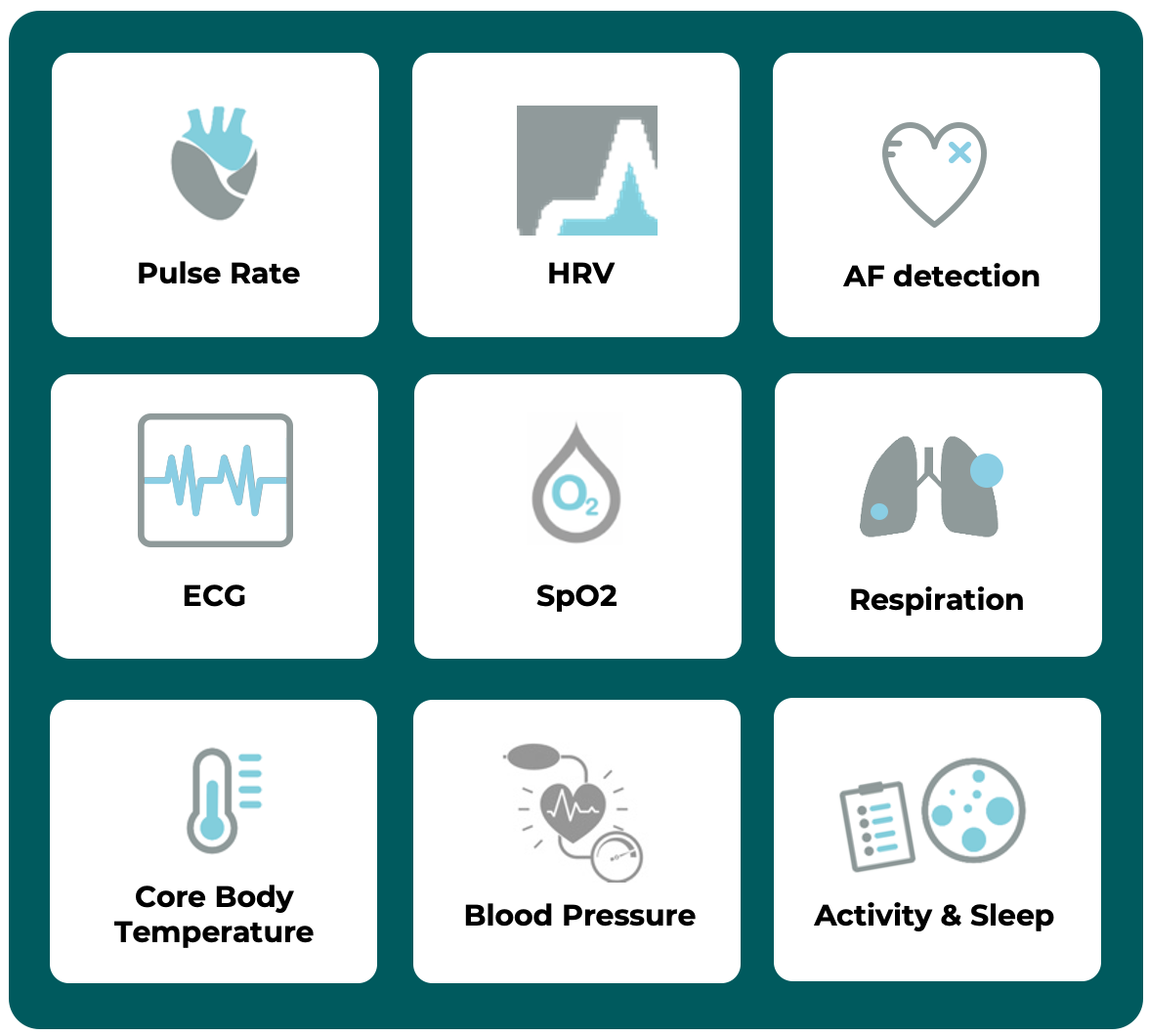
This groundbreaking research, initiated by the Dutch Heart Foundation, is a testament to the transformative power of collaboration in advancing healthcare. With the backing of the Top Sector Life Sciences & Health (Health~Holland), DETECT stands as a shining testament to the success of public-private partnerships in tackling critical health challenges.
At the heart of this innovation lies Corsano Health, the developer of the groundbreaking CardioWatch. Their unwavering commitment to developing advanced remote patient monitoring solutions is paving the way for better healthcare outcomes, potentially saving countless lives.
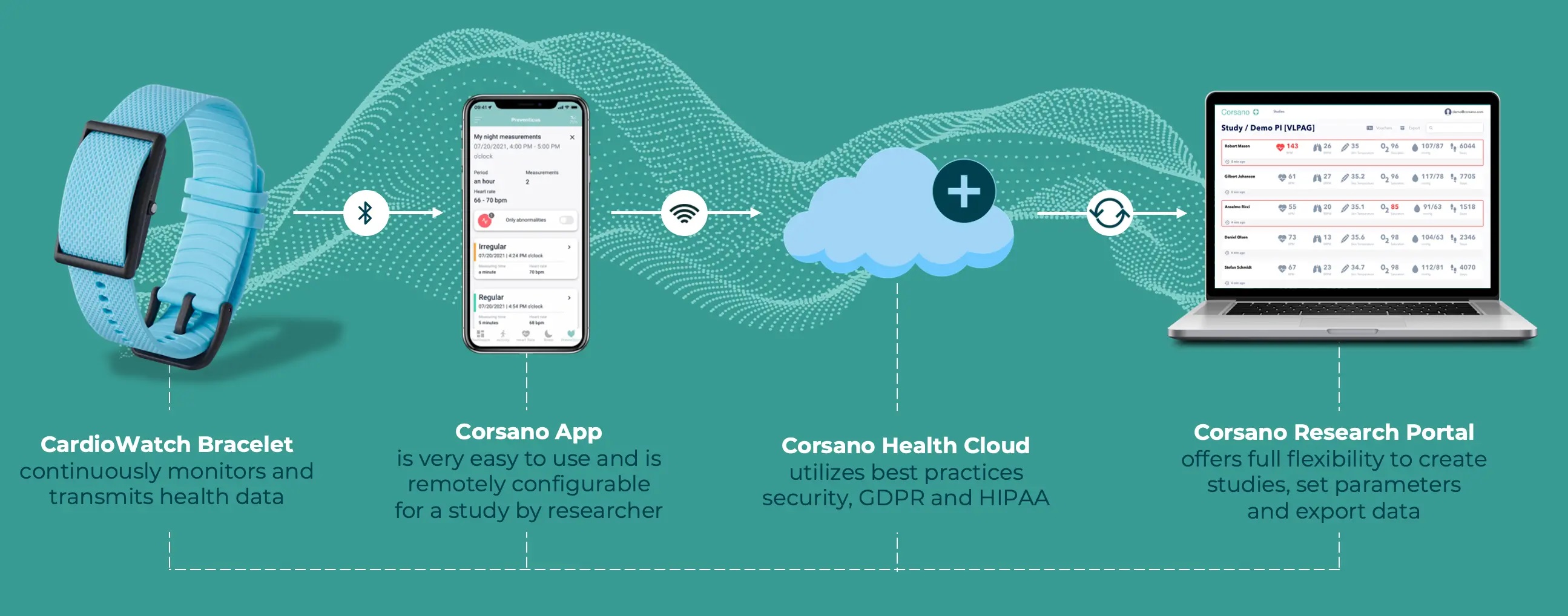
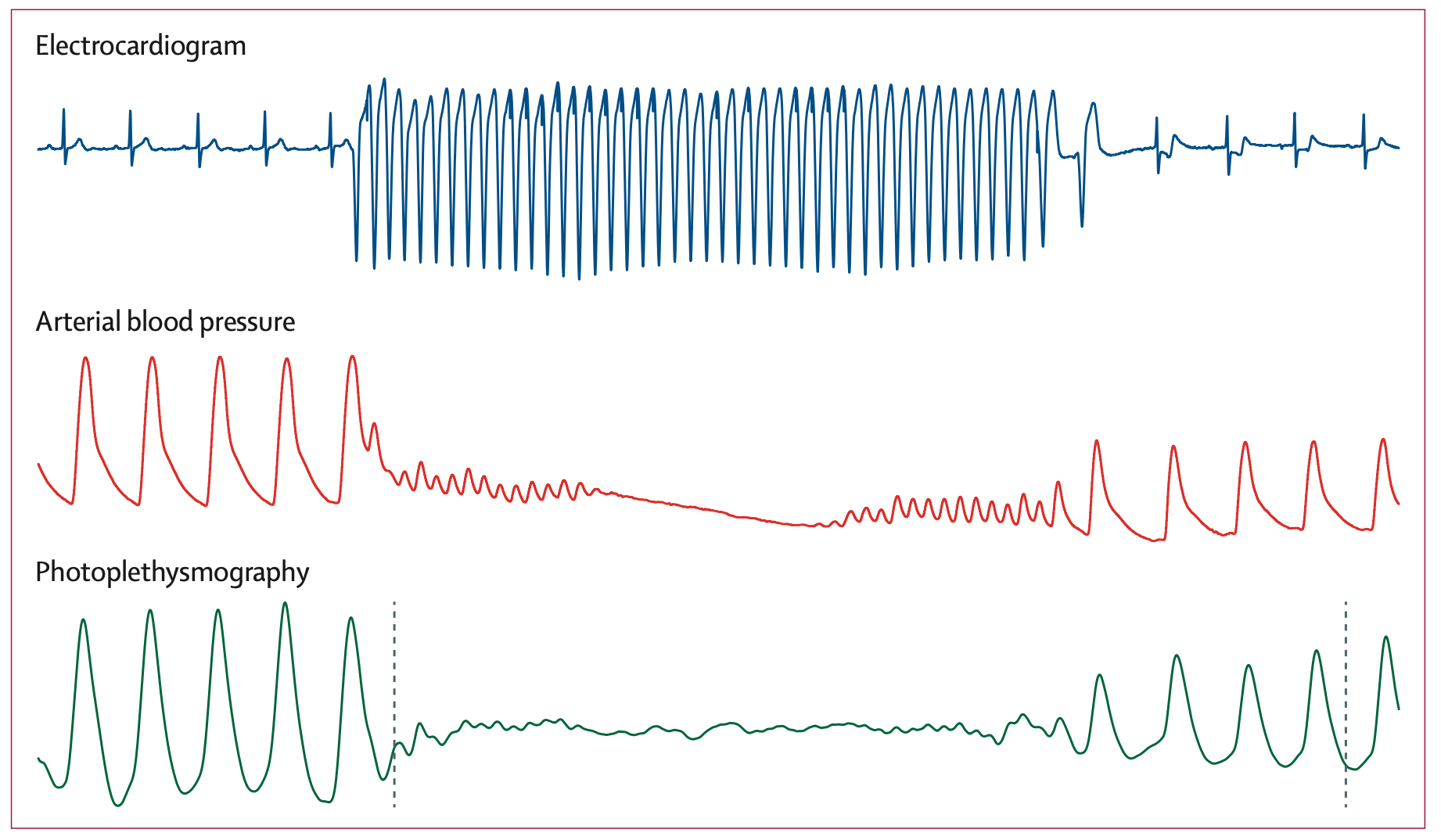
This research ignites a beacon of hope for those vulnerable to unwitnessed cardiac arrest. The Corsano CardioWatch, (more details here) with its potential to detect and alert emergency services, could become a life-saving tool, offering a second chance to those who might otherwise be lost to the silent clutches of this deadly condition. As the research progresses, we can anticipate further advancements and a future where such technology becomes a reality, ensuring that everyone has a fighting chance against this silent killer.
This isn’t just a story about technology; it’s a story about hope, about collaboration, and about a relentless pursuit to turn science fiction into a lifesaving reality. The Corsano CardioWatch is no longer just a watch; it’s a potential guardian angel, waiting to shine a light in the darkest of moments.


